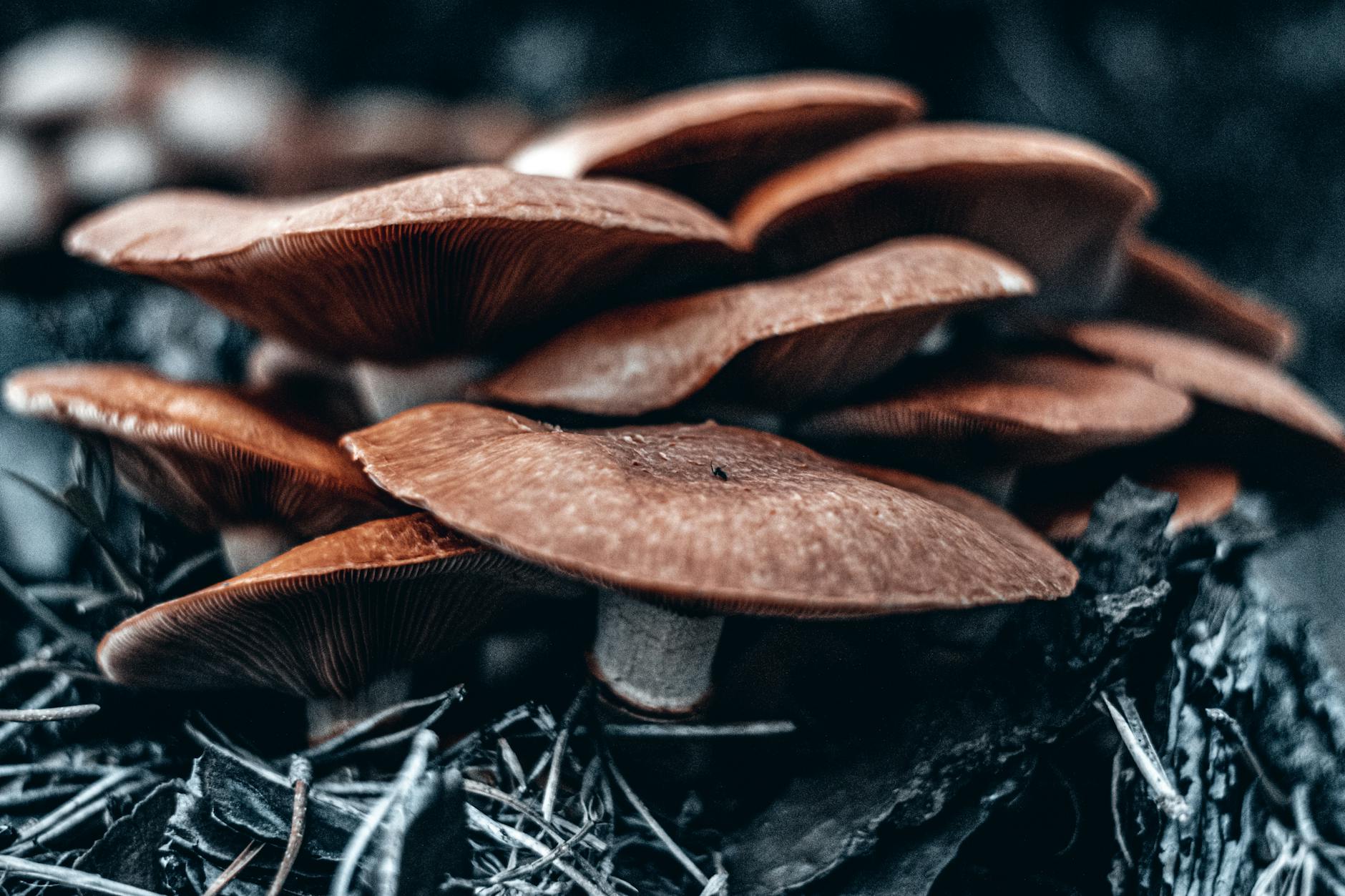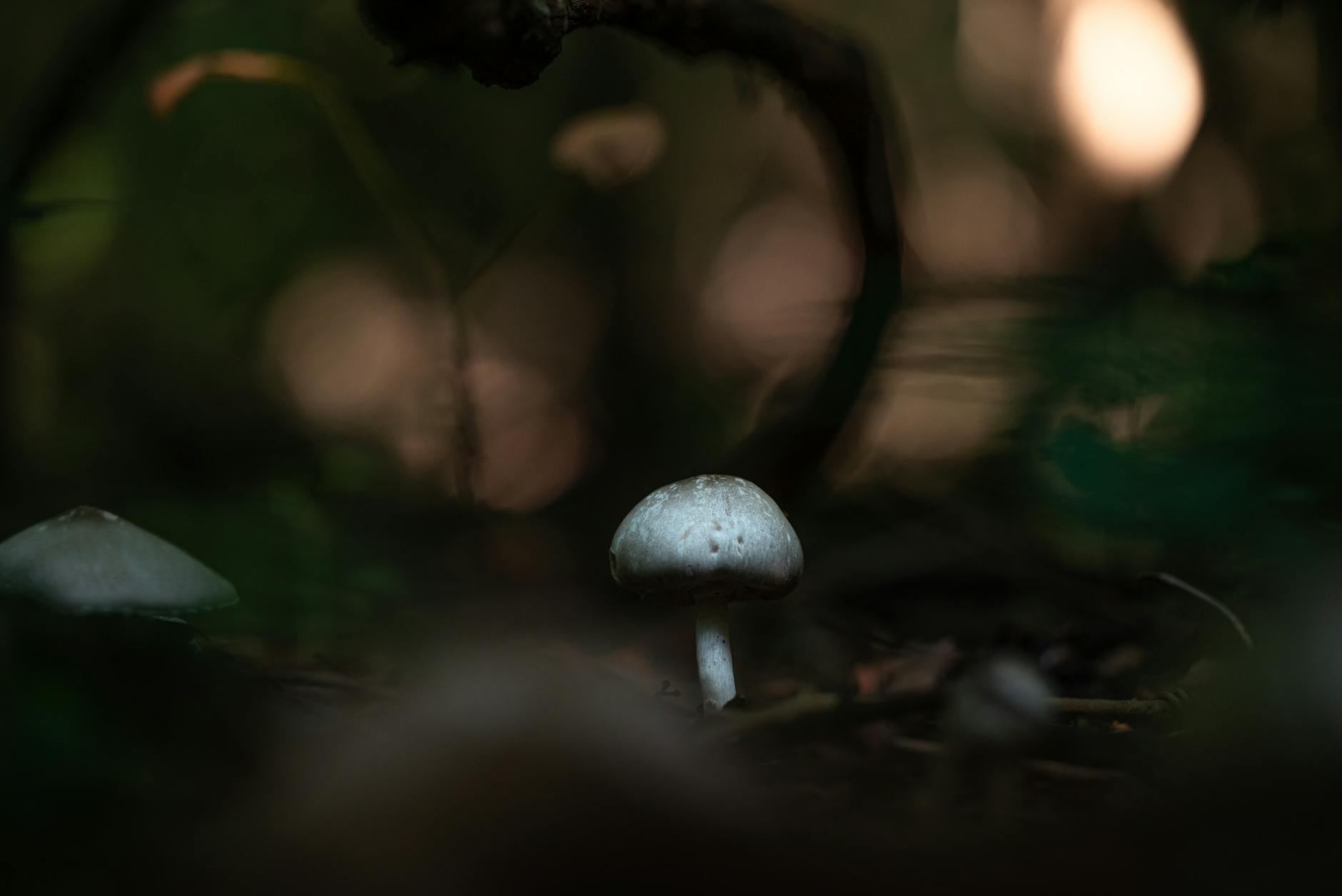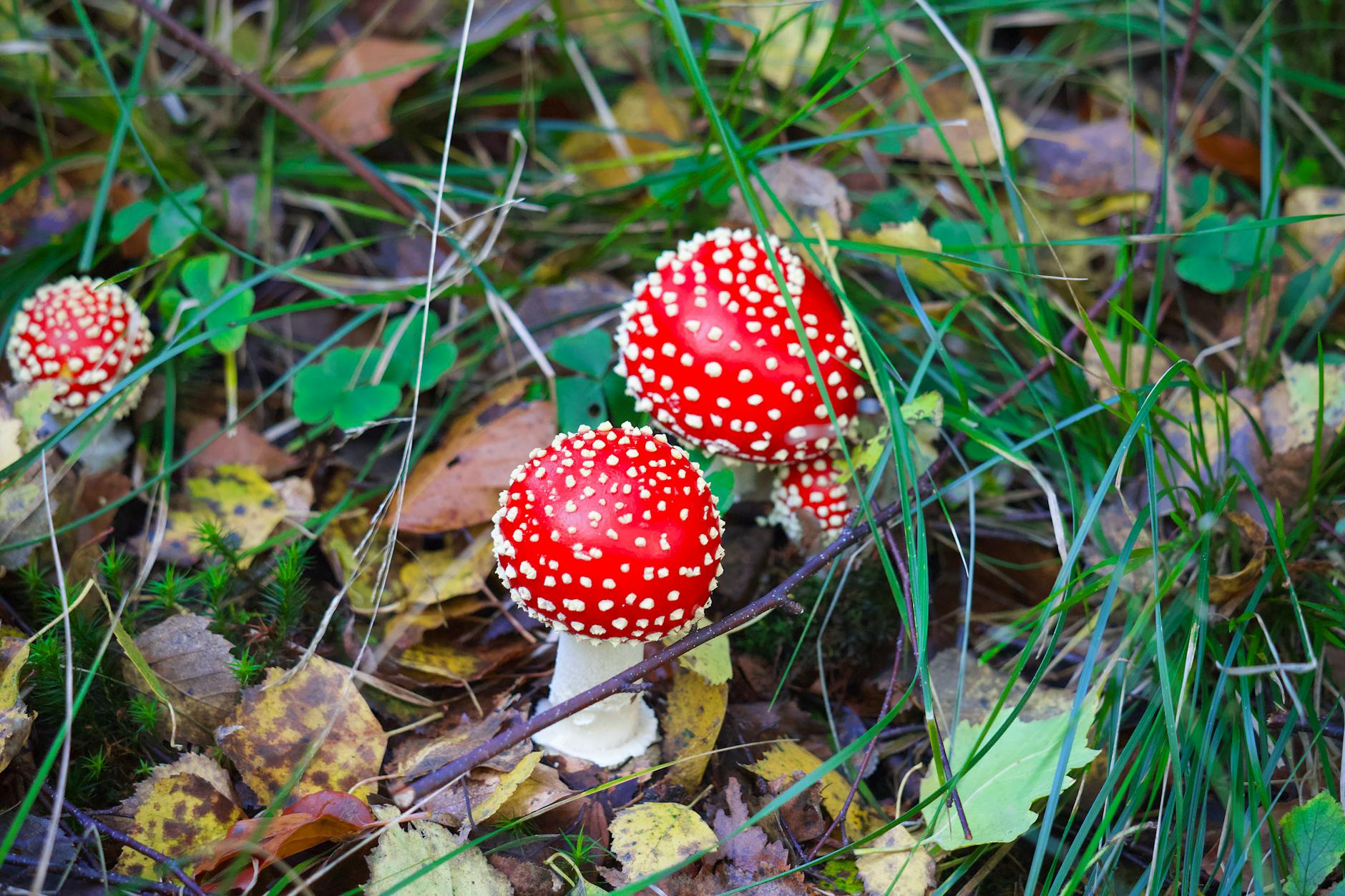Mushroom foraging is a popular activity for nature enthusiasts and foodies alike. The thrill of searching for and discovering edible mushrooms in the wild is a rewarding experience. However, timing is crucial when it comes to hunting for peak edible mushrooms. In this article, we will discuss essential tips to help you time your mushroom hunt effectively.
Understanding Seasonal Patterns (H2)
One of the key factors in timing your hunt for peak edible mushrooms is understanding seasonal patterns. Different species of mushrooms fruit at specific times of the year, depending on factors like temperature, humidity, and daylight hours. For example, morel mushrooms typically emerge in the spring, while chanterelles are more commonly found in the summer and fall. By familiarizing yourself with the seasonal patterns of various mushroom species, you can increase your chances of finding them at their peak.
Monitoring Weather Conditions (H2)
Weather conditions play a significant role in the growth and fruiting of mushrooms. Rainfall, temperature, and humidity levels can all impact the timing of mushroom fruiting. After a period of rain followed by warm, humid weather, mushrooms tend to sprout in abundance. Monitoring weather forecasts can help you predict optimal conditions for mushroom hunting. Plan your foraging trips after a rainy spell for better chances of finding a variety of mushrooms.
Locating Ideal Habitats (H2)
Different mushroom species have specific habitat requirements. Some mushrooms thrive in deciduous forests, while others prefer coniferous woodlands or grassy meadows. Understanding the preferred habitats of edible mushrooms can guide you in selecting the right locations for your foraging expeditions. Look for indicators like certain tree species, soil types, and moisture levels that are conducive to mushroom growth. By scouting out ideal habitats, you can increase your chances of finding a bountiful harvest.
Keeping a Foraging Calendar (H2)
Maintaining a foraging calendar can be a helpful tool in timing your hunt for peak edible mushrooms. Note down the dates when you find specific mushroom species in previous years, along with relevant weather conditions and locations. This record can serve as a reference guide for planning your future foraging trips. By tracking trends over time, you can identify patterns and predict when certain mushrooms are likely to fruit in your area.
Joining Mushroom Hunting Groups (H2)
Joining local mushroom hunting groups or clubs can provide valuable insights and tips on timing your mushroom hunt. Experienced foragers often share their knowledge about when and where to find specific mushroom species. Participating in guided forays or workshops led by seasoned mushroom hunters can enhance your foraging skills and expand your mushroom knowledge. Networking with like-minded enthusiasts can also make your mushroom hunting adventures more enjoyable and rewarding.
Conclusion
Timing your hunt for peak edible mushrooms involves a combination of factors, including seasonal patterns, weather conditions, habitat preferences, and collective wisdom from fellow foragers. By following essential tips and staying observant of nature’s cues, you can increase your success in finding and enjoying a variety of delicious mushrooms in the wild. Remember to always forage responsibly, positively identify mushrooms before consumption, and respect the environment in your quest for nature’s treasures. Happy hunting!


